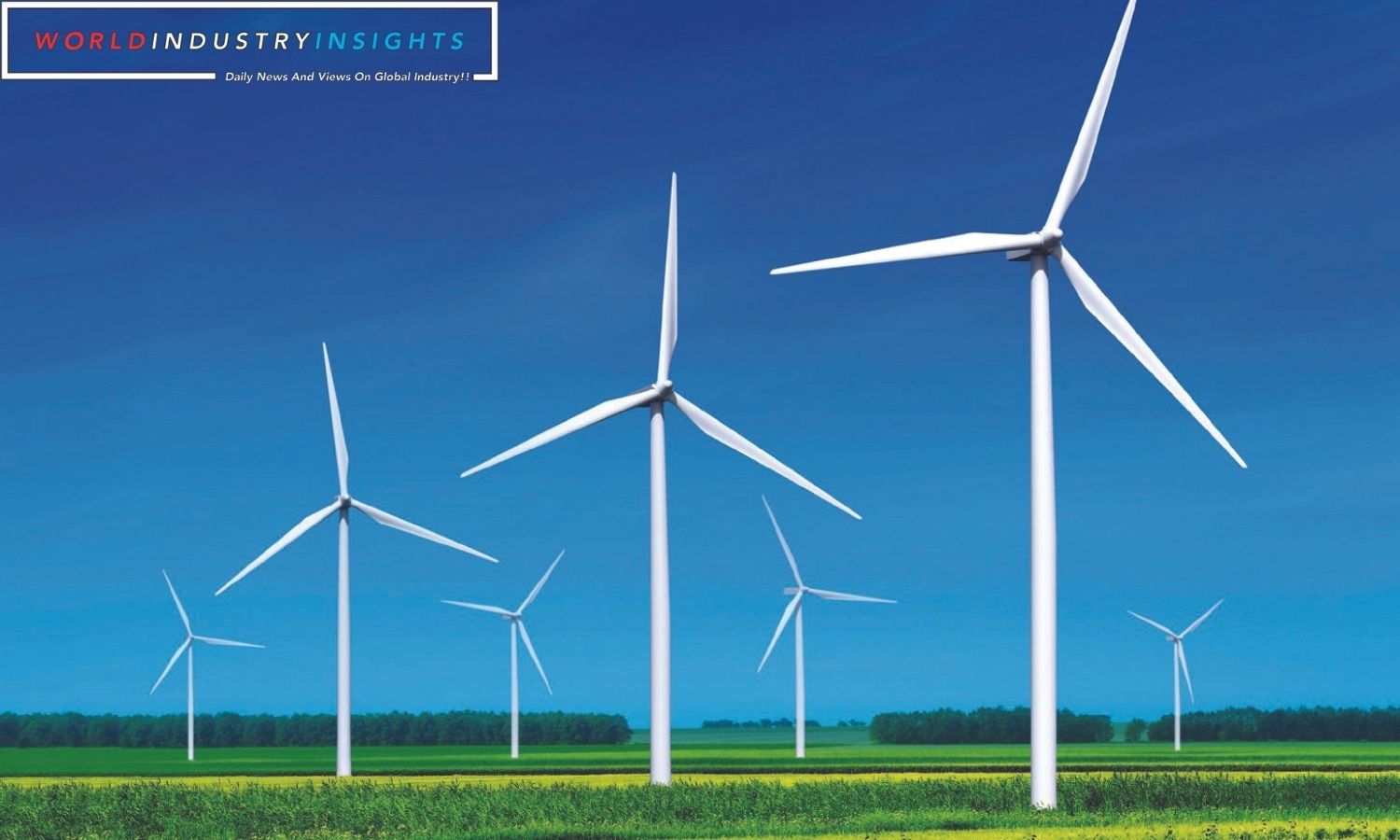Wind-Powered Energy: The federal government intends to increase the number of wind-powered power plants to change energy production. It also aims to reduce energy-related carbon dioxide emissions. The federal government will need to develop more wind-powered power facilities to meet these ambitious targets. A strategy is underway to increase power by 80 GW per year by 2030. This extension will be finished.
A comprehensive analysis by Wood Mackenzie, a well-known research and consultancy firm, may provide a more accurate picture of current conditions. Wood Mackenzie produced and compiled this study. Their estimations indicate that 30 GW of yearly capacity growth by 2030 is most plausible. This would happen in the hypothetical situation. The supply chain will need $100 billion to fulfill these potentially game-changing ambitions by 2026.
Wood Mackenzie sees that the supply chain is struggling to meet targets as it learns more about the reasons driving this transition. This insight came through Wood Mackenzie’s growing investigation of the causes behind this transition. This growing issue could make it difficult to meet carbon emission reduction goals if the correct solutions aren’t implemented fast.
Chris Seiple, Wood Mackenzie’s interim Vice Chair of Power and Renewables, believes this situation requires immediate response. He believes that without large, rapid supply chain modernization expenditures, even 30 GW may not be achievable. He decided this because it may take longer than intended.
The offshore wind industry, which is key to this ambitious ambition, is having trouble acquiring money. Lack of infrastructure and competent workers are issues. This is because the company is new. Offshore wind energy generating has razor-thin profit margins and unknown project schedules, making it hard to attract new investors.
Read More: UK July Sales Drop Amidst Excessive Weather and Rising Costs
Both of these characteristics make task completion predictions difficult. These two factors make it tougher for the company to obtain fresh supporters. Due to these two factors, new investors are hard to find, making the market competitive.
The June study document Statistical Review of World Energy claims that the world’s energy situation is changing rapidly and will have a major impact. Reading the book provided this information. Study results taught us these things. Wind and solar power now generate 12% of the world’s power, surpassing nuclear. This indicates profound changes happening now. Several factors caused these alterations.
Wood Mackenzie experts advise this struggling area on strategy. They underline the importance of continuing to work toward these goals after 2030 and the urgency of addressing this issue. This entails setting ambitious targets and methodically building power market infrastructure. This is crucial to simplify offshore wind supply chain growth. This has two sections. Making big aims and methodically creating power market machinery are the two parts. Setting lofty goals is simply one step. This is crucial to the procedure.
To progress toward a sustainable energy future, one must be ambitious and examine the complicated web of obstacles and opportunities ahead. Because your world and ambitions will change as you go, you’ll need more than ambition to finish the voyage.
Our Reader’s Queries
What is powered by wind energy?
Electricity generated can be utilized to meet specific requirements, such as illuminating a streetlight or powering a remote farm through a wind turbine. Alternatively, it can be fed into the electric grid, which in turn supplies power to homes, businesses, and schools via transmission and distribution cables, commonly known as power lines.
What are the 3 main types of wind energy?
Wind energy has become a popular source of clean electricity due to its ability to generate power without any harmful emissions. In this piece, we’ll delve into the three primary types of wind energy: traditional wind turbines, floating wind turbines, and vertical axis wind turbines. Each of these technologies has its unique advantages and applications, making them valuable contributors to the renewable energy landscape.
What are 3 advantages of wind energy?
Wind power offers numerous benefits, including the creation of well-paying jobs and the potential for U.S. economic growth. As a clean and renewable energy source, wind power also benefits local communities and the environment. Additionally, wind power is cost-effective and versatile, with turbines able to operate in a variety of settings. Overall, wind power is a valuable resource that can help to meet our energy needs while also promoting economic and environmental sustainability.
Is wind energy 100% efficient?
Wind turbines have a conversion efficiency of 20% to 40% when it comes to harnessing wind energy. These turbines have a lifespan of 20 years and require maintenance every six months to ensure optimal performance.


